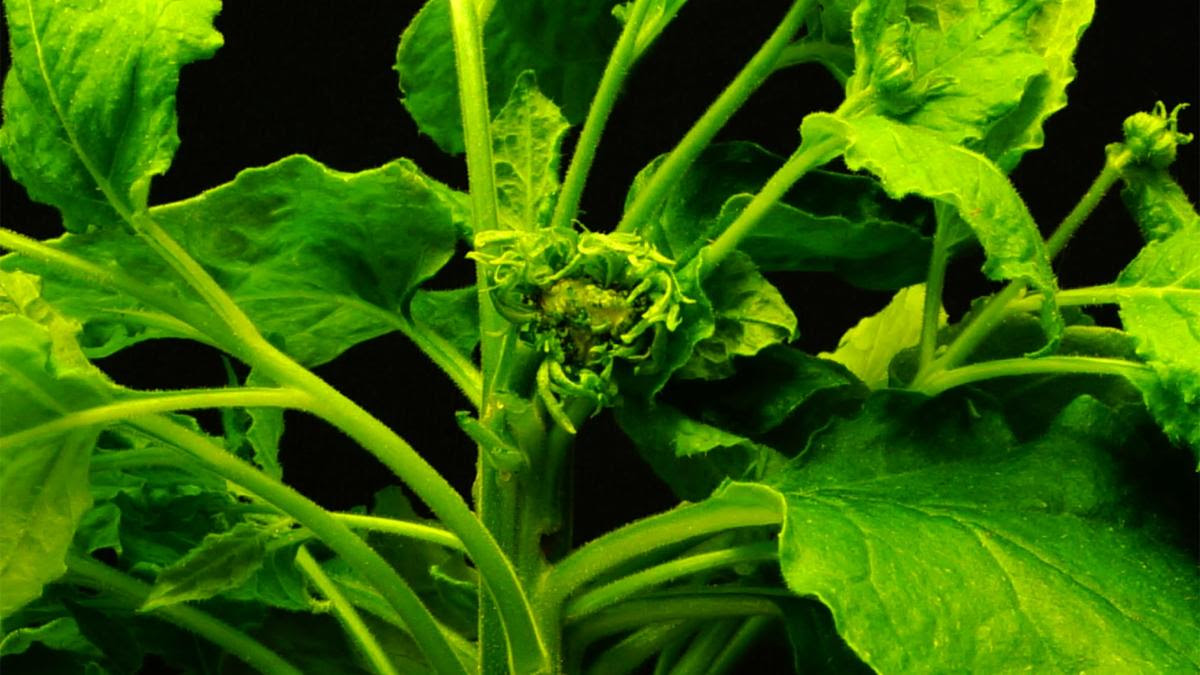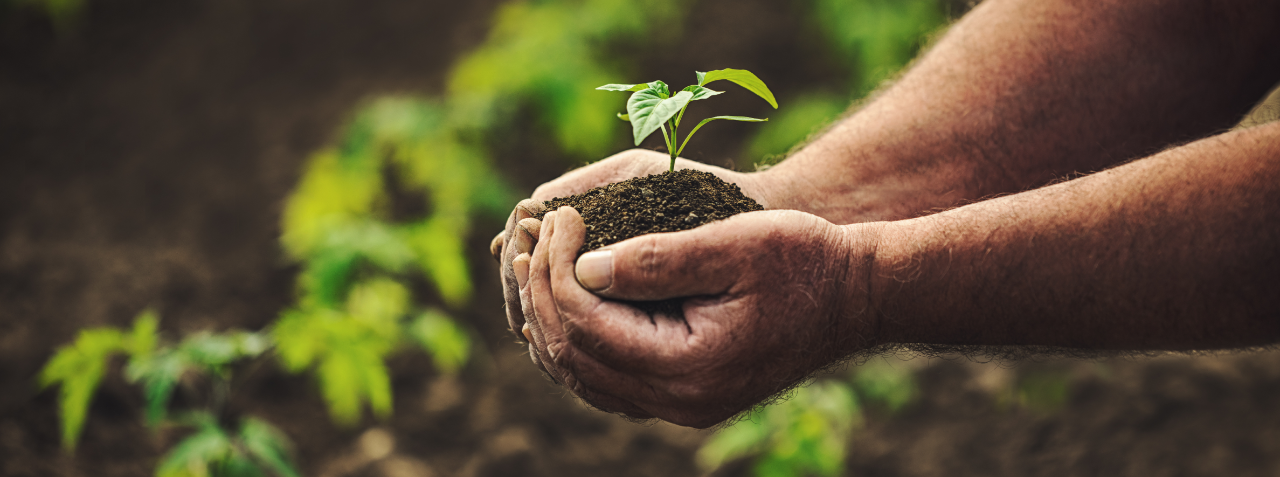|
News Bits
The Prospective Plantings report provides the first official, survey-based estimates of U.S. farmers' 2022 planting intentions. NASS's acreage estimates are based on surveys conducted during the first two weeks of March from a sample of nearly 73,000 farm operators across the nation.
Other key findings in the report are:
• All wheat planted area for 2022 is estimated at 47.4 million acres, up 1% from 2021. This represents the fifth lowest all wheat planted area since records began in 1919.
• Winter wheat planted area, at 34.2 million acres, is down less than 1% from the previous estimate but up 2% from last year. This is the 10th lowest planted acreage on record.
• Area planted to other spring wheat for 2022 is expected to total 11.2 million acres, down 2% from 2021.
• Durum wheat is expected to total 1.92 million acres for 2022, up 17% from last year.
• All cotton planted area for 2022 is expected to total 12.2 million acres, 9% above last year.
Today, NASS also released the quarterly Grain Stocks report to provide estimates of on-farm and off-farm stocks as of March 1. Key findings in that report include:
• Corn stocks totaled 7.85 billion bushels, up 2% from the same time last year. On-farm corn stocks were up 1% from a year ago, while off-farm stocks were up 3%.
• Soybeans stored totaled 1.93 billion bushels, up 24% from March 1, 2021. On-farm soybean stocks were up 26% from a year ago, while off-farm stocks were up 22%.
• All wheat stored totaled 1.02 billion bushels, down 22% from a year ago. On-farm all wheat stocks went down 39% from last year, while off-farm stocks went down 17%.
• Durum wheat stored totaled 29.7 million bushels, down 30% from March 1, 2021. On-farm Durum stocks were down 44% from a year ago, while off-farm stocks of Durum wheat were down 13%.
The Prospective Plantings, Grain Stocks, and all other NASS reports are available online here.
A new study by Kansas State University finds that feeding cattle industrial hemp may have a beneficial effect on their welfare: a reduction in stress and increasing the times when they lie down.
"Cattle experience a variety of stress and inflammation," said Michael Kleinhenz, assistant professor of beef production medicine at the K-State College of Veterinary Medicine. "Our most recent data shows how cannabinoids via industrial hemp decreased the stress hormone cortisol as well as the inflammatory biomarker prostaglandin E2. This shows that hemp containing cannabidiolic acid, or CBDA, may decrease stress and inflammation in cattle. Thus, hemp may be a natural way to decrease stress and inflammation related to production practices such as transportation and weaning."
AgriPulse reports: A lack of clarity about organic foods is making it more difficult for consumers to trust the industry, a new survey from the Edelman public relations firm has found.
"There is widespread confusion about what it means to be organic," the survey said, adding "trust in organic foods is being held back by a lack of familiarity - producers of raw materials are more trusted than manufacturers."
Only one in three people surveyed know USDA is responsible for enforcing organic standards, Edelman found after conducting interviews with 7,500 consumers in September and October. The survey, commissioned by the Organic Trade Association and released publicly today, spans six markets - the U.S., U.K., Germany, France, Japan and the United Arab Emirates.
So-called "Food Forwards" in the U.S., defined as consumers "who take action regarding news about the food and beverage industry and agreed with certain statements relating to their habits and beliefs," were more familiar and trusting of organics than the general population. Sixty-two percent of Food Forwards were familiar with organics, compared to 31% of the general population, and 79% trust organic products, compared to 55% of the overall population.
Agri Marketing magazine reports:
In a recent Agri-Marketer Poll 125 respondents reported on their experience with non-animal protein sources.
Here is the question:
If you have eaten plant-based or cell-cultured "meat" which best describes your impression??
It was delicious...0%
It was OK...21%
Didn't like it...79%
|
|
|
For plant geneticists, some genes are double the trouble
Cold Spring Harbor Laboratory
When plant geneticists find a gene that improves crop yields, they want to try to insert that same change into other crops. But Cold Spring Harbor Laboratory Professor and HHMI Investigator Zachary Lippman cautions that just knowing what a single gene does is not enough. He discovered that it pays to know what other closely related genes might be lurking in the genome to block a hoped-for improvement.
In research reported in Nature Plants, Lippman, former postdoc Cao Xu (now at the Chinese Academy of Sciences in Beijing), and colleagues demonstrate how duplicated genes in plant genomes complicate a crop developer’s plans. Gene duplications are common in plants. Many act as “back-up copies” of the original gene. But based on his team’s surprising findings, Lippman says that having a great candidate for gene editing is not enough to predict the outcome of planned changes, “The lack of predictability in the context of a duplicate gene really needs to be an eye-opener for designing crop improvements.”
|
|
Tweaking one plant gene can increase desirable traits, but changing the same gene in another type of plant may not yield the same result. A tobacco plant with a mutation engineered in the clv3 gene makes larger and more numerous stems, branches, and flower tissues. CSHL researchers discovered the same mutation in evolutionarily-related plants produces different effects. Image: Choon-Tak Kwon/Lippman lab
|
|
The group studied the gene clv3. This gene produces a protein that limits the growth of developing plant tissues. Mutations in clv3 have led to higher yields in many domestic plants. In tomatoes, for example, mutations in clv3 are associated with larger fruits with more seed sections. Lippman’s team introduced equivalent mutations into the clv3 gene in tomato, tobacco, ground cherry, and petunia plants. All four plants are members of the Solanaceae family, also known as nightshades. Lippman and his colleagues expected to see similar results but what he found was intriguing.
In tobacco, the effects were dramatic, doubling the size of certain growth regions. This change was due to the plant’s loss of the clv3 back-up gene. In tomato, the duplicated gene partially buffers clv3 mutations, so effects were more moderate. In ground cherry and petunia, mutating clv3 had little effect. Both plants had clv3-like genes that compensated for the changes made by the researchers to the clv3 gene.
To Lippman, the lesson is that optimizing crops through genome editing may require taking an inventory of duplicated genes. Crop developers need to understand how important genes were duplicated, deleted, and changed over evolutionary time. This allows scientists to develop more predictable crop improvements.
|
|
RESEARCH AT KANSAS STATE DISCOVERS DESTRESSING BENEFIT FROM FEEDING CATTLE INDUSTRIAL HEMP
Kansas State University news release
Manhattan - A new study by Kansas State University finds that feeding cattle industrial hemp may have a beneficial effect on their welfare: a reduction in stress and increasing the times when they lie down.
"Cattle experience a variety of stress and inflammation," said Michael Kleinhenz, assistant professor of beef production medicine at the K-State College of Veterinary Medicine. "Our most recent data shows how cannabinoids via industrial hemp decreased the stress hormone cortisol as well as the inflammatory biomarker prostaglandin E2. This shows that hemp containing cannabidiolic acid, or CBDA, may decrease stress and inflammation in cattle. Thus, hemp may be a natural way to decrease stress and inflammation related to production practices such as transportation and weaning."
"Our new research helps us better understand how cannabinoids present in industrial hemp interact with bovine physiology and pharmacology," Kleinhenz said. "For instance, we now know that repeated daily doses of CBDA via feeding hemp does not result in accumulation of cannabinoids in the blood. Additionally, it solidified previous research and shows that each cannabinoid has its own absorption and elimination profile."
Another benefit observed when feeding cattle industrial hemp is that they lie down more, which can help them ruminate and produce saliva.
|
|
Anti-GMO themes losing traction worldwide, suggests new scientific paper
Alliance For Science
The conversation around genetically modified organisms (GMOs) is becoming more positive, according to new Alliance for Science research analyzing traditional and social media trends on biotechnology.
“This seems like cautious good news for science,” says study author Mark Lynas, research lead at the Alliance for Science (AfS). “Given the worldwide scientific consensus on the safety and utility of genetic modification, this suggests that misinformation about GMOs is losing its ability to persuade, even on social media.”
“The data in the paper show a real shift toward a positive conversation and sentiment toward GMOs,” adds co-author Joan Conrow, AfS managing editor. “This suggests that people are increasingly receptive toward technologies that can play a role in lessening the environmental impacts of agriculture, especially in regard to climate change.”
The study looked at the number and tone of over 100,000 online and print articles published in English in top-ranked media between 2018 and 2020 as well as 1.7 million social media interactions.
It found that the overall tone of the GMO conversation has been surprisingly positive, averaging 73 percent favorable if neutral and positive reporting are combined, and appears to have become even more favorable over the period studied.
Though social media tends to be slightly more negative than traditional, that gap has narrowed, with the tone of the social media conversation improving from 62 percent favorable to 78 percent favorable by the end of 2020.
The study was conducted in partnership with Cision, a media monitoring and insights company, and used Cision’s top tier English-language media database. Sentiment analysis was generated using automated computer analysis in real time, using Cision’s natural language processing and custom dictionaries. A proportion was also subject to human validation.
“To date, this study represents one of the most comprehensive views of GMO perception within both social media platforms and general news media, leveraging over three years of continuous tracking and analysis conducted by our team at Cision,” says co-author Jordan Adams, a Cision senior data analyst.
While the volume of traditional media coverage increased during the study period, social media coverage of the issue dropped more than 80 percent between January 2018 and December 2020, the period covered by the study. Since fewer people are posting about GMOs, it suggests the issue is becoming less salient, the authors conclude.
“Our data suggest that across all media environments, we seem to be moving toward a more favorable conversation on GMOs,” Lynas says. “This is consistent with other measures of the ‘debate’ that appears to be waning in light of more urgent, real-world challenges, like addressing nutritional security in a changing climate.”
The study also found that Monsanto (now part of Bayer) and its association with pesticides, notably glyphosate, appears to strongly drive negative perceptions toward GMOs, even though the company is but one player in the GMO arena. Coverage of Monsanto/Bayer in both traditional and social media was consistently and considerably more negative than coverage of GMOs overall.
Additionally, “bot” accounts represented 10 percent of Twitter users engaged in GMO discussions between 2018 and 2020 and contributed 10 percent of the overall tweet volume. The analysis found that bots and cyborgs were substantially more negative in sentiment towards GMOs than human accounts.
“This suggests that cyborgs and bots may be intentionally used by nefarious actors to sow dissent and make the GMO conversation appear more negative and polarized than it is,” states the study.
While only English language media were analyzed, the research had a global focus.
“Positive favorability was observed in Africa, where countries are just beginning to adopt the technology,” states the report. “The (GMO) conversation is generally favorable in the US, Africa and South Asia.
A common-language of the study can be found here.
|
|
 Tweaking one plant gene can increase desirable traits, but changing the same gene in another type of plant may not yield the same result. A tobacco plant with a mutation engineered in the clv3 gene makes larger and more numerous stems, branches, and flower tissues. CSHL researchers discovered the same mutation in evolutionarily-related plants produces different effects. Image: Choon-Tak Kwon/Lippman lab
Tweaking one plant gene can increase desirable traits, but changing the same gene in another type of plant may not yield the same result. A tobacco plant with a mutation engineered in the clv3 gene makes larger and more numerous stems, branches, and flower tissues. CSHL researchers discovered the same mutation in evolutionarily-related plants produces different effects. Image: Choon-Tak Kwon/Lippman lab









